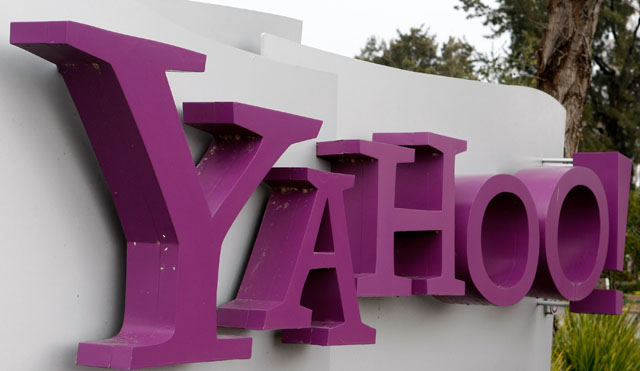On August 28th 2011 I wrote an article on Media & Tech, the now-shuttered predecessor to this blog - techTrampoline:
At first blush, I thought Jeff Weiner, LinkedIn CEO, was just mouthing off:
As Weiner sees it, until recently three main networks saw the most usage: Twitter, for “microcasting” short snippets of information; Facebook, for communicating with family and friends; and LinkedIn for “your professional life.” That leaves little room for Google+, he argues. “You introduce Google+, where am I going to spend that next minute or hour of my discretionary time? I have no more time.”
Reference: LinkedIn CEO says Google+ can’t “coexist” with Facebook and Twitter.
We’re not in Mr. Weiner’s head, and not privy either to the brain thrust at work within LinkedIn’s corner office. So how are we to take his comments?
 |
| Jeff Weiner |
They’re ignorant
Whether it’s time well-spent or time down-the-drain, we resourceful human beings seem to have plenty of either. And both. In any given moment, we can focus on the task at hand in the office, while taking periodic ‘sneak peaks’ in our Facebook and Twitter news feeds. So there is time available for anything, it seems. Moreover, Weiner says that while we can do social media and watch TV, we can’t do two social medias at the same time, such as facebooking and tweeting at the same time.
I beg to differ. I’ve chatted with a friend on Facebook, while we chatted on MSN Live and BlackBerry Messenger at the same time. I was Skyping with another friend, when one time she revealed that she had five computer monitors on her desk. Oh, man, she was facebooking on me, plus reading the news etc., while talking to me.
So not just two, but multiple social media at the same time. With our innate ability to find time and to multitask, then, how can Weiner possibly say there is little room for Google+?
They’re understandable
Maybe he’s just trying to talk down a competitor.Reference: LinkedIn Boss is Down on Google+.
With the rapid uptake of Google+ since the launch of its beta site at the end of June 2011, with a reported 25 million membership, there must’ve been some shifting, quaking, and rumbling of the very floors on which top executives at Facebook, Twitter and LinkedIn stood.
So Weiner neatly delineates how each of the major social media sites is used. From what I understand, Google+ has its ‘eyes’ on capabilities and features that would allow its users to do all of these. Via Circles, for example, we can better segment our communications with friends, colleagues et al. Google+ will be developing special ‘apps’ for business people and professionals, which could improve what users have available or have experienced on LinkedIn.
No doubt about it, Google+ is an emerging force that its competitors simply cannot ignore. Its competitors must do or say something directly.
They’re clever
Maybe Weiner has something strategic up his sleeve, with his seemingly ignorant but understandable remarks. For me, the real irony of his remark that “nobody has any free time” is this: LinkedIn and other competitors desperately need time to research, grasp and solve, and then respond to the rapid evolution of Google+.
Maybe he simply intends to buy as much time as he can, for his engineers to complete some cool developments in progress and for his marketers to complete their media battle plans. Maybe his remarks are simply test shots to see how Google+ responds and, more importantly, what those very time-pressed users like us will actually do. Either way, he helps to produce competitive data that his LinkedIn brain thrust can utilize for strategic purposes.
In any event, more exciting things are in the offing from this brash upstart - Google Feels the Pain of Users Who Can't Get on Google+.
 |
| (image credit) |
As much as I seemed to have defended Google+ in criticizing Weiner, in that article, I hardly put any stock on or attention to Google+ for well over a year. There wasn't much activity or interaction, so I could vouch for tech writers who proclaimed it to be a digital ghost town: dust flares and tumbleweed, scattered like silent remnants.
Then, at the very beginning of this year, I saw otherwise. The rediscovery of Google+ was virtually a revelation for me.
You see, as I worked at the laborious build-out of my business projects, I needed to open multiple Google accounts. Because Google was an ecosystem, it meant more specifically that I had multiple profiles on Google+, YouTube and Gmail, plus multiple access to News, Drive and Blogger. This was a major burden a year ago, and bemoaned what Google made me do.
To make a long story short, far from the ghost town that ignorant proclamations painted, Google+ was quite a thriving community. In my experience, alone members were far more likely to connect, respond and engage than in any other major social media - Twitter, Facebook and LinkedIn.
 |
| (image credit) |
But the numbers in question for my article on the number of users:
- LinkedIn - 225 million - as of May 6th 2013
- Google+ - 343 million - as of January 26th 2013
Thank you for reading, and let me know what you think!
Ron Villejo, PhD






.jpg)

































